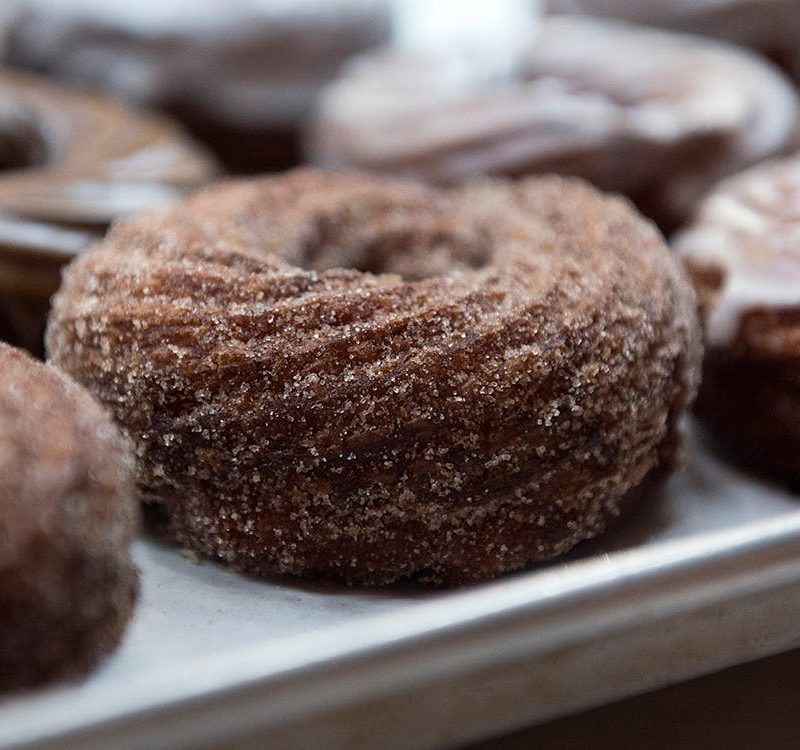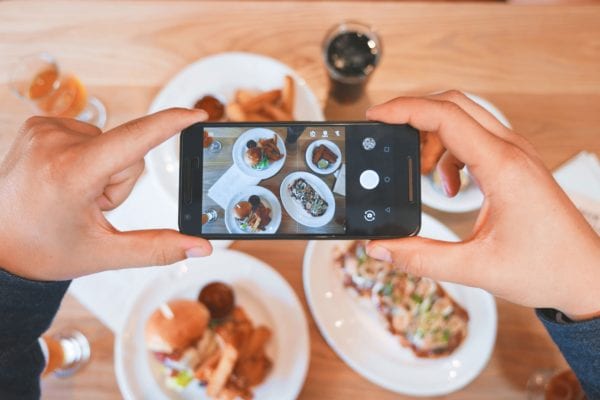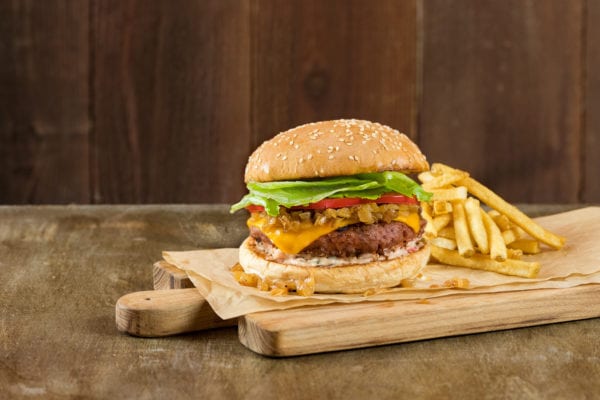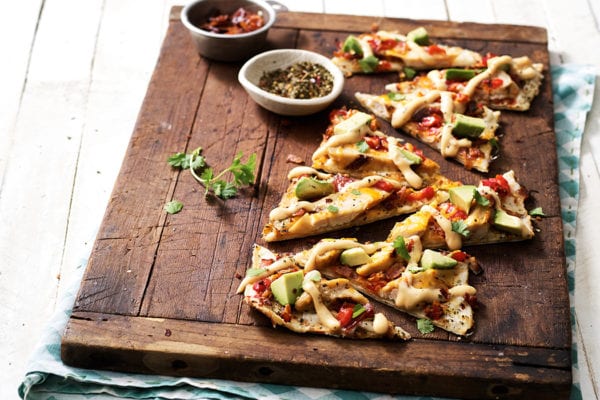Skift Take
Where to eat is important — but suggestions of what to eat are even more influential these days. But chasing after one famous and photogenic dish means you might miss out on all the rest.
— Kristen Hawley

We’ve just released our first annual restaurant industry trends forecast, Skift Megatrends 2018. You can read about each of the trends on Skift Table as well as download a copy of our magazine here.
Destination restaurants have existed as long as restaurants have existed, and traveling to experience a certain chef’s work has always been a part of tourism. What’s different is the pace at which restaurant recommendations rocket around the world, fueled by photos, reviews, ratings, and lists determining the best foods to try before you die.
At its best, this trend encourages adventurous eating among diners and creativity among chefs — you have to stand out to make a splash. At its worst, it encourages checklist dining as diners potentially ignore a great menu in search of the one popular dish. It’s not just so-called destination restaurants that have experienced this phenomenon; it’s any restaurant anywhere that can suddenly be rocketed to fame with a photogenic plate.
Going Viral Is a Business of Its Own
Late last year, Eater published a comprehensive look at viral food — what goes into designing it, making it, promoting it. It’s a massive industry that encompasses a lot of thought and a lot of planning.
There’s viral food for virality’s sake (think: unicorn and rainbow everything.) Then there’s food that “goes viral” because it’s just that good.
It is a pretty photogenic cruller.
Restaurateur Danny Meyer talked about one such item onstage at Skift Global Forum last September. “When we opened Daily Provisions, we gave birth to this amazing maple cruller,” he said. “And if we didn’t know it beforehand we certainly knew it afterwards when New York Magazine published a full-page photo of this donut. It’s actually really good looking.”
While it’s a stretch to believe that no one on that team knew the breakfast item was gorgeous (of course they knew), good looks plus good taste equals success here. “There’s a lot more pretty food than yummy food but when you get them both you can see a product explode,” Meyer continued. “The reason is is that Instagram is this generation’s version of a postcard that says, ‘don’t you wish you were here?’”
“There’s something to be said about having good quality but also having that hook for someone to notice you. There’s so much out there that it’s hard to stand out,” said Cindy Zhou, the woman behind @ChubbyChineseGirlEats. “But at the end of the day, you have to have the flavor to go along with any gimmick,” she added.
The Potential Antidote: Changing Digital Media
These changing trends, ideas, and viral dishes wouldn’t exist without social media. Ironically, social media products are shifting toward better storytelling, lending themselves to going beyond a singular viral photo and speaking to the process of making or acquiring the food, sharing a full experience, not just one moment in time. It’s not just enough to say, “I was here!” Instead, people want to detail the full experience.
“I remember when I first started using Instagram, and I would post a towering, impressive, crazy burger, and it would get all of the likes. Now, when I post the occasional burger, people shrug at that,” said Bill Addison, Eater’s national critic. “I think people on Instagram like food that reflects a sense of place — you can look at that and say, ‘Yeah, that’s eating in Hawaii, right there.’ Or, ‘That lobster roll is what I love about eating on the coast, in Maine, in August.’”
Instagram, specifically, answered that desire for more experience-driven context around photos and storytelling with its own stories feature, allowing for creative documentation of an experience in a casual format. At review site The Infatuation, these methods of storytelling are a huge part of a robust social strategy, used for both casual reviews (called “Restaurant Review Ride-Alongs”) and the “For the ‘Gram” reviews.
“It’s a lot of work but it gives us more room to tell a story and walk people through the experience,” said CEO Chris Stang. “They connect. The audience reacts to them so strongly, the engagement is crazy. People want narrative.”
Every Restaurant Becomes a Destination Restaurant
Viral food and hit lists of options are changing the industry. As Eater reported, restaurants that crafted smart strategies around viral food saw actual lifts in the number of diners, but for any increase in business at a restaurant, the food has to taste good, too.
To be fair, this looks like a fairly easy recommendation.
Stang and his team at The Infatuation feel a real responsibility to readers to cut through the fluff and recommend dishes that look good and taste good. “We’ll be the first to tell you that we should always be thinking about not taking all this stuff so seriously,” said Stang. “But at the same time, we feel responsible to tell people whether or not those things are actually worth it. We try to do that thoughtfully. It’s fun to take your friends, eat something ridiculous and take pictures of it. But we also want to try and figure out which one of those things are actually worthwhile.”
Instagram excitement has also changed the way these trends move. Any restaurant can become an overnight hit on the internet.
“Instagram allows individual creativity to be rewarded quickly,” said Addison. “It makes things come and go quickly. I think Instagram, in some way, is a great filter. It sorts through the superficial trends pretty quickly. So like, there are silly pop culture trends, like rainbow food, or unicorn food, that gets all these Instagram likes, and then eventually that kind of thing just burns itself out. That’s literal eye candy.”
But it’s not all bad (or, at least, superficial) news, as this phenomenon may actually push cuisine forward.
“One thing that seems to be happening more and more, is that when Americans embrace one thread of a cuisine, then they eventually get more curious about either other threads of the cuisine or adapting the cuisine in respectful ways,” said Addison.
And it’s true. For every restaurant that has a line around the block to buy and photograph a trendy or feted product, there’s a nearby spot, perhaps serving a previously-unknown cuisine or touting an especially smart concept, waiting to be discovered.
Download Your Copy of Skift Megatrends 2018
This year’s Megatrends are sponsored by our partners at AccorHotels, Allianz Worldwide Partners, Hilton Garden Inn, Intrepid Travel, onefinestay, and Upside.






